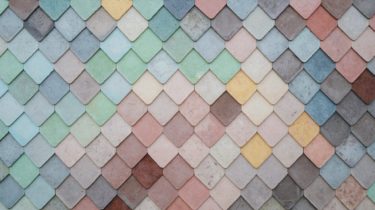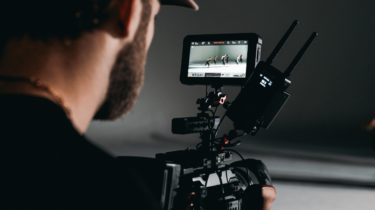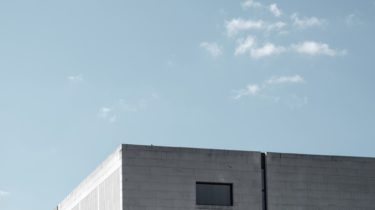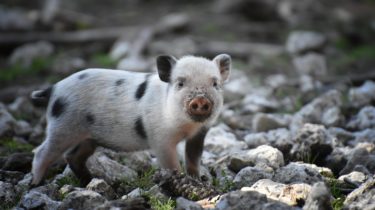Machine Learning in OpenCV (7-Day Mini-Course)
Machine learning is an amazing tool for many tasks. OpenCV is a great library for manipulating images. It would be great if we can put them together. In this 7-part crash course, you will learn from examples how to make use of machine learning and the image processing API from OpenCV to accomplish some goals. This mini-course is intended for practitioners who are already comfortable with programming in Python, know the basic concept of machine learning, and have some background […]
Read more








